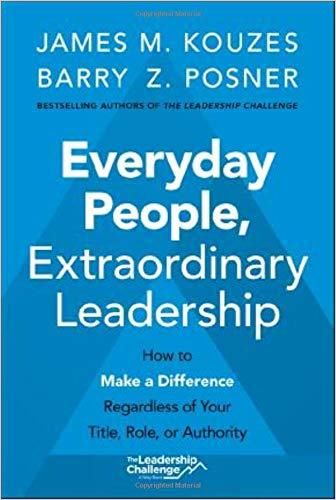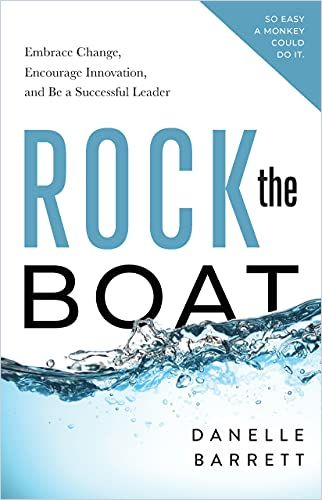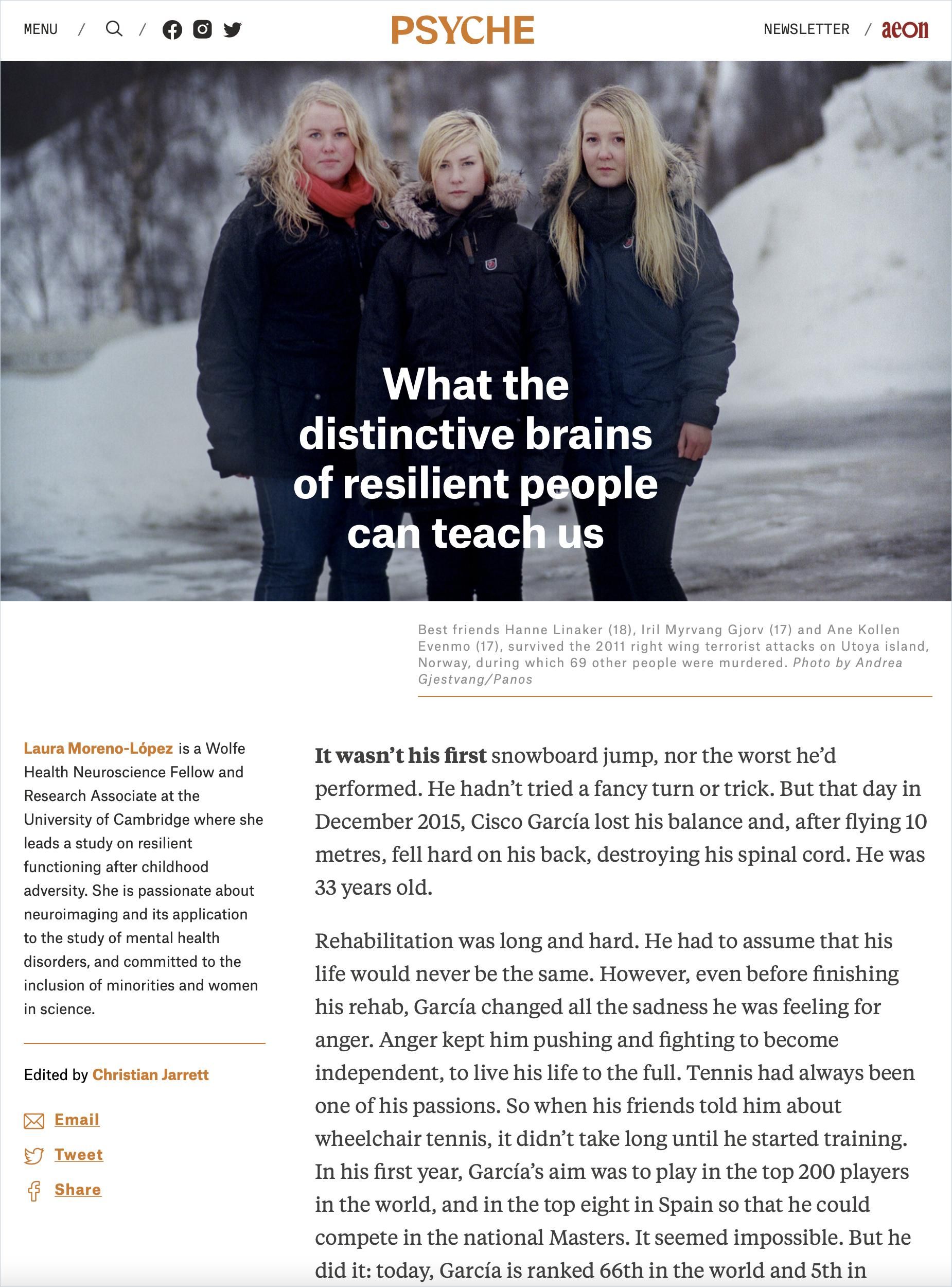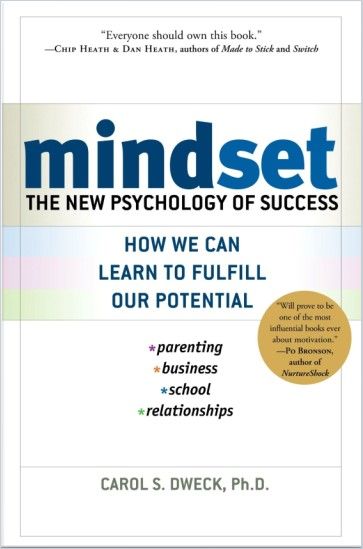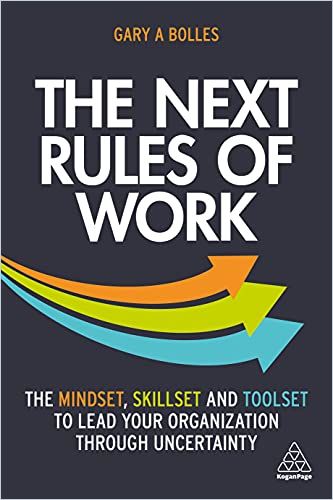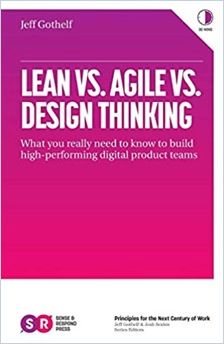Resilient Leader, Resilient Team
Rapid technological changes combined with social and economic uncertainties make adaptability, flexibility and resilience highly prized skills for both individuals and companies. The most successful companies know how to quickly harness their resources in response to constantly shifting circumstances.
Ironically, navigating change smoothly requires consistency. While work responsibilities, schedules and even locations may change with ever-evolving technologies, it’s critical to build flexible, resilient teams around core values – expressed in a mission statement – and company-wide goals. This fosters transparency about what companies expect from their employees and the values they reward. It’s the foundation of trust which makes managing risk possible.
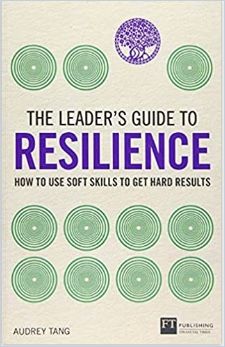
Positive, productive cultures are shaped by positive, productive leaders who take a company’s core values to heart and endeavor to model them for others. Psychologist Audrey Tang says in The Leader’s Guide to Resilience that these virtues begin when leaders take time for some “self-ish” reflection. By that, she means taking the time to evaluate your own needs, choices and actions. Leadership starts with your mindset. Tang suggests identifying three values that inspire you and integrating them fully into your leadership style. By aligning with your own values, you’ll attract others who share those same values. Reflect also on your strengths, interests and temperament.
Agile companies are customer-centric and often organize employees into small, cross-functional teams focused on particular projects or tasks, working relatively autonomously with short-term deadlines. Author Stephen Denning suggests in The Age of Agile that business resilience starts with an understanding of agility fundamentals:
- a teams structure networked together for greater flexibility in meeting unexpected challenges quickly.
- an emphasis on open communications in every direction, not just from the top down.
- a willingness for leaders to listen, especially to customers and to employees on the “front lines of the business.”
- a willingness to evaluate results and make adjustments to improve processes

Encourage a “fertile” work environment by nurturing the autonomous contributions of employees while at the same time motivating them around specific organizational goals and solutions. Set measurable targets along the way. Build agility into your corporate structure by making team-building exercises and feedback loops part of your workplace culture.
Here is how to do so:



